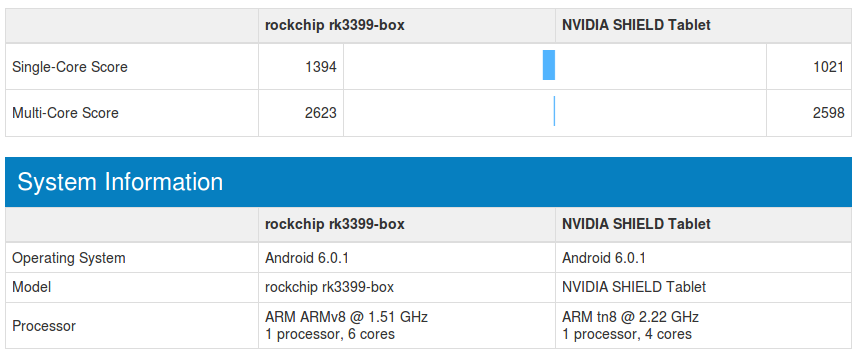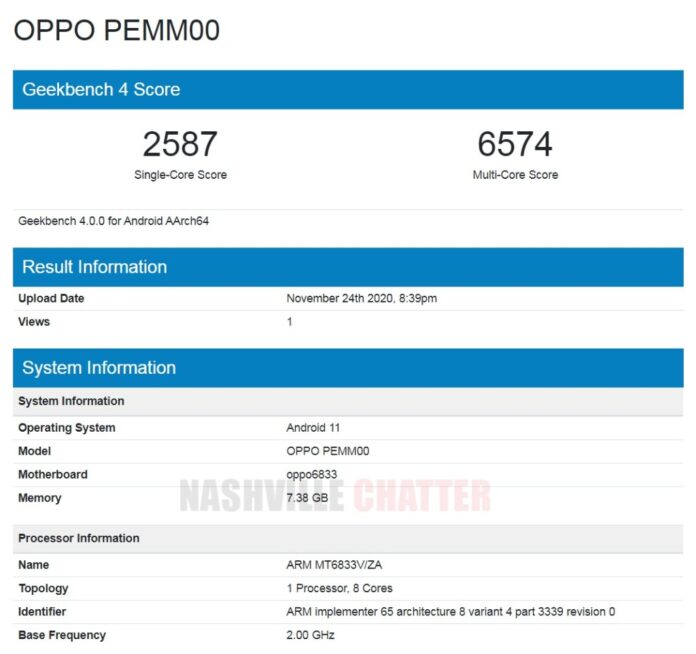

A full suite of benchmarks and real-world tests will need to be run to paint a complete picture of where the A16 Bionic sits compared to last year's model and competing Android handsets.Īpple's iPhone 14 Pro and Pro Max go up for pre-order on September 9 and ship on September 16 with pricing starting at $999. There's also a new 16-core Neural Engine capable of nearly 17 trillion operations per second for advanced machine learning tasks. The A16 Bionic's five-core GPU is said to have 50 percent more memory bandwidth compared to the A15 Bionic. According to Cupertino, the CPU is up to 40 percent faster than the competition.įor comparison, the A15 Bionic as well as the Apple M1 and M2 chips are built using a 5nm manufacturing process. Built on a smaller 4nm process with nearly 16 billion transistors, it features two high-performance cores alongside four efficiency cores. Put another way, the A16 Bionic is roughly 10.1 percent faster than the A15 Bionic in the single-core test and only 0.1 percent faster in the multi-core benchmark.Īpple during its iPhone 14 Pro keynote billed the A16 Bionic as the fastest chip ever in a smartphone. The test in question was uploaded on September 8 at 1:46 a.m. As MacRumors highlights, an iPhone 13 Pro with last year's A15 Bionic chip is capable of 1707 in the single-core test and 4659 in the multi-core assessment. Geekbench test results from an iPhone 14 Pro (model iPhone15,3) reveal a single-core score of 1879 and a multi-core score of 4664. Turns out, sheer performance may have factored into the decision as well.
A15 GEEKBENCH PLUS
Apple is aiming to bring a 3nm chip with the M2 Pro and M2 Max processors, although it’s unclear whether the company will achieve that in partnership with TSMC.Īlthough iPhone 14 Pro is just a little faster compared to the iPhone 13 Pro, if you’re coming from an iPhone older than that – or an Android phone – you’ll surely see a big upgrade.Īre you excited about the new iPhone? Share your thoughts in the comments section below.The big picture: When Apple confirmed the new iPhone 14 and iPhone 14 Plus would ship with last year's A15 Bionic SoC instead of its latest chip, some assumed it was a cost-cutting measure, a way to skirt ongoing component shortages or perhaps a tactic to further differentiate between the mainstream and Pro line. Previous chips – including the A15, M1, and M2 – use a 5nm structure. The A16 Bionic chip is the first Apple processor to use a 4nm structure. Using Apple’s best-in-class fusion architecture to combine performance and energy savings, the chip delivers more performance with a fraction of the power compared to the competition. Its single and multi-core scores were 1,738 and 4,799, respectively. The A15 chip here is not recognized either cuz it shows ARM 3. Apples shiny new A15 Bionic SoC made its first-ever appearance on Geekbench.
A15 GEEKBENCH DOWNLOAD
A16 Bionic features an accelerated 5-core GPU with 50 percent more memory bandwidth - perfect for graphics-intensive games and apps - and a new 16-core Neural Engine capable of nearly 17 trillion operations per second. Download Geekbench 5 and enjoy it on your iPhone, iPad and iPod touch. 5G vs Kirin 980 vs Snapdragon 855 / 855 Plus Comparison - Antutu, GeekBench Scores. With two high-performance cores and four high-efficiency cores, the new 6-core CPU is up to 40 percent faster than the competition and easily handles demanding workloads. It performs on par with the A15 cores in Tegra K1, which makes sense.


Cross-Platform Compare apples and oranges. New to Geekbench 5 is support for Vulkan, the next-generation cross-platform graphics and compute API. Test your GPU's power with support for the OpenCL, CUDA, and Metal APIs. Here’s how Apple described the iPhone 14 Pro processor when it was introduced during the keynote: Test your system's potential for gaming, image processing, or video editing with the Compute Benchmark. With this test, we know the A16 Bionic chip performs 10% faster in a single core compared to its previous model, while there’s practically no difference with the multi-core part. Compared to the iPhone 13 Pro benchmark test, the predecessor of the iPhone 14 Pro has a 1,797 Single-Core Score and a 4,659 Multi-Core Score. Now we know the difference between both Apple silicon chips.Īccording to Geekbench 5 scores, the iPhone 14 Pro has a 1,879 Single-Core Score, while it has a 4,664 Multi-Core Score. While Apple claimed it’s 40% faster than the competition, it’s important to see how it really compares to its predecessor, the powerful A15 Bionic. The iPhone 14 Pro models are the only Apple product to feature the new A16 Bionic chip.


 0 kommentar(er)
0 kommentar(er)
